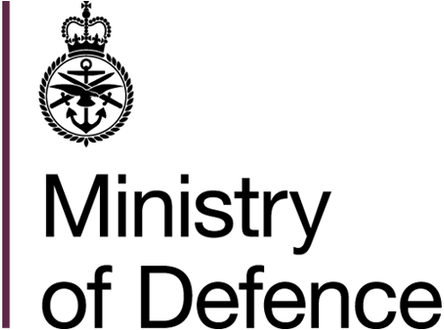Latest Updates
Data Reporting, Analysis and Corrective Action System (DRACAS)
Updated: Wed, 29/11/2023 - 12:28
, Originally Posted: Mon, 04/04/2016 - 13:14
The Data Reporting, Analysis and Corrective Action System (DRACAS) is a closed loop data system for reporting and analysis, used to record information about incidents and corrective actions that have been implemented.
Document Type: Safety Manager Tool
Functional Safety Analysis
Updated: Wed, 29/11/2023 - 12:00
, Originally Posted: Tue, 05/04/2016 - 08:57
Functional Safety Analysis is an approach that assesses all the system functions to determine the hazards associated with what the system does. The purpose of Functional Safety Analysis is to identify hazards associated with both the correct and incorrect operation and non-operation of the system, lower level functions and human functions.
Document Type: Safety Manager Tool
SWIFT
Updated: Wed, 29/11/2023 - 11:53
, Originally Posted: Wed, 06/04/2016 - 08:56
The Structured What-If Technique is a "brainstorming" method where "What-If" questions are generated using a variety of sources such as checklists, past incidents, standards and guidelines etc.
Document Type: Safety Manager Tool
FMEA/FMECA
Updated: Wed, 29/11/2023 - 11:49
, Originally Posted: Mon, 04/04/2016 - 16:24
Failure modes and effects analysis (FMEA) is a reliability evaluation technique to determine the effect of system and equipment failures. This qualitative technique helps identify failure potential in a design or process i.e. to foresee failure before it actually happens.
A FMECA is an analytical quantitative technique which ranks failure modes according to their probability and consequences.
Document Type: Safety Manager Tool
Event Tree Analysis
Updated: Wed, 29/11/2023 - 11:41
, Originally Posted: Mon, 04/04/2016 - 14:20
Event trees are graphical representations of binary logic models which identify and can quantify possible consequences resulting from an initiating event (e.g. component failure). The event tree provides systematic coverage of the time sequence for the event’s propagation.
Document Type: Safety Manager Tool
SMP07. Risk and ALARP Evaluation
Updated: Wed, 29/11/2023 - 11:22
, Originally Posted: Tue, 08/03/2016 - 14:02
This procedure provides guidance through Risk and ALARP Evaluation in order to identify where the system Risk meets Tolerability criteria, and where further action is required.
Document Type: Guidance
Consequence Analysis & Risk Reduction Option Selection
Updated: Wed, 29/11/2023 - 11:11
, Originally Posted: Fri, 26/02/2016 - 10:40
This guidance paper covers both the technique of Cause Consequence Diagrams and three analyses which may be used subsequently, where quantitative ALARP justification is necessary. Both Def Stan 00-56 and the MOD’s POSMS manual give guidance on when quantitative ALARP justification may be required, and this is likely to be for hazards not addressed by the application of good practice and those with the highest levels of Risk.
Document Type: Safety Manager Tool
Hazard Checklist
Updated: Wed, 29/11/2023 - 09:32
, Originally Posted: Tue, 05/04/2016 - 12:05
A Hazard checklist contains questions or topics intended to prompt consideration of a range of safety issues.
Document Type: Safety Manager Tool
Safety Risk Matrices
Updated: Wed, 29/11/2023 - 08:28
, Originally Posted: Tue, 05/04/2016 - 15:33
A safety risk matrix provides a framework for ranking or classifying safety issues according to their significance.
Document Type: Safety Manager Tool
HAZOP
Updated: Wed, 29/11/2023 - 08:00
, Originally Posted: Tue, 05/04/2016 - 15:09
The HAZOP procedure is a systematic methodology carried out by a multi-disciplinary team with substantial experience of the system or design. Detailed analysis of predetermined deviations from the design intent, and the associated causes, consequences, safeguards and recommendations are recorded.
Document Type: Safety Manager Tool



